
views
Initial Evaluation of the Dislocation
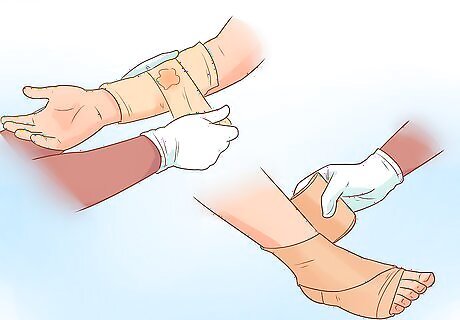
Cover the dislocated joint with something sterile. It is important to take steps to prevent infection, especially if there is any broken skin around the area of the dislocation. Wait until professional medical personnel arrive before attempting to wash or in any way "clean" the wound (if there is a wound, or if there are any areas of broken skin). Attempting to do so without the proper sterilizing equipment or medical training actually increases the chance of infection rather than decreasing it. For now, covering the area is enough to decrease the chance of it becoming infected.
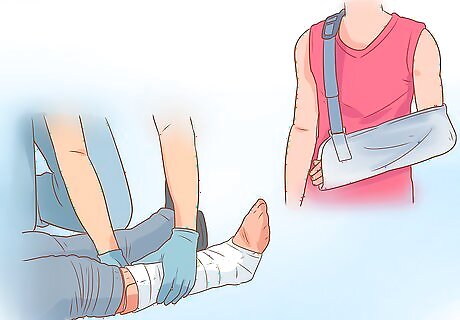
Immobilize the joint. Try to use nonstick gauze such as Telfa if there is an open wound. Note that it is very important not to try and re-position or re-align the joint in any way. This can cause further harm, and it is best to simply immobilize it in the position it is in and to wait for a trained medical professional to definitively treat the dislocation. Be sure to immobilize both above and below the dislocated joint to ensure maximum stability while awaiting medical treatment. If it is the shoulder that is dislocated, you can use a sling (or make a sling by tying a long piece of fabric into a circle) to immobilize it. Make sure the sling holds the limb against the body. Instead of just wrapping the sling around the neck, try wrapping it around the torso before tying it at the neck. If it is another joint such as a knee or elbow, a splint is your best bet. Splints can be constructed of sticks or another stabilizing device and tape or fabric strips to hold the splint in place.
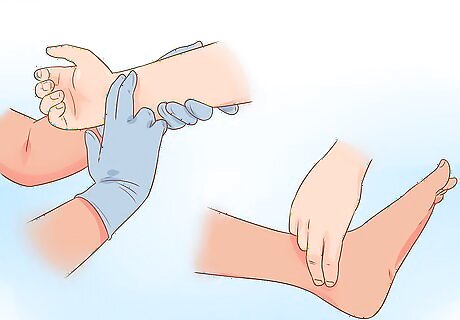
Monitor the limb. This is to ensure it does not lose sensation, or exhibit a change in temperature or reduction in pulse. These signs could indicate an obstruction of blood flow or damage to the nerves leading down to the limb. If any of these changes occur, seek medical assistance for treating the dislocation immediately. Check the pulse in the area of the limb farthest from the center of the body — in the wrist if the arm or shoulder is dislocated, on the top of the foot or behind the ankle bone if the injury is to a leg.
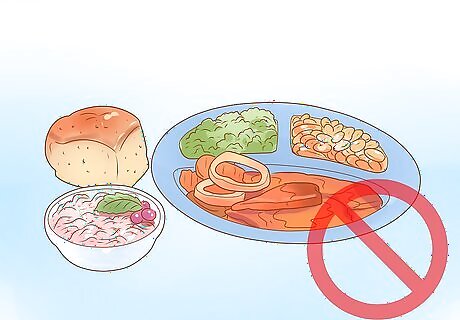
Avoid offering food to the patient while treating dislocations. Doctors usually prefer to work with a patient who has an empty stomach, particularly if surgery becomes necessary.
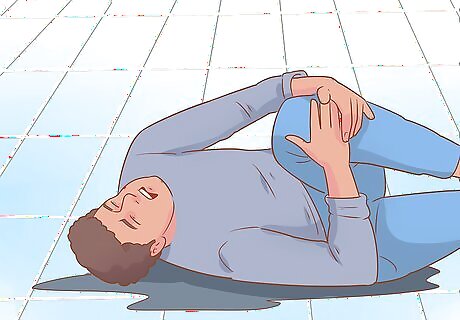
Know when to seek immediate medical help. If the patient exhibits any of the following signs or symptoms, call 911 immediately as it may be a medical emergency: Severe bleeding Other traumatic injuries A possible head, neck, or spine injury (do not move the person if you suspect a possible neck or spine injury as moving them can cause severe damage) Loss of sensation in the affected joint or the extremities (fingers, toes, etc.)
Treating Symptoms of the Dislocation

Relieve pain around the dislocation by applying a cold pack to the area. This will also reduce swelling that can add to the discomfort of the injury. Take care not to apply ice or cold packs directly to the skin while treating dislocations or damage to the skin could result; make sure you wrap the pack in a towel first. Apply ice for no longer than 10 – 20 minutes at a time.

Offer Ibuprofen (Advil) or Acetaminophen (Tylenol) if the patient is in severe pain. Follow the recommended dosages on the bottle. Both of these medications are available over-the-counter at your local drugstore or pharmacy.
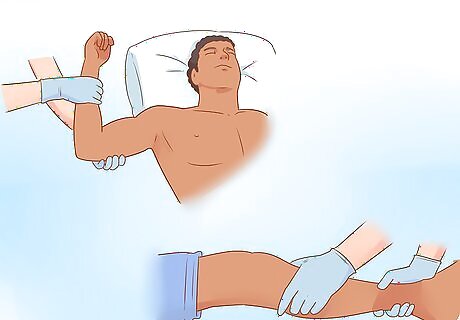
Prepare the victim for what to expect treatment-wise. Once the injured person gets to the hospital, medical staff will re-align the bones around the joint. This procedure is called "reduction." Often it requires the patient to be under partial sedation as it can be quite painful (however, in the long run, it diminishes pain by speeding recovery). The doctor will then immobilize the joint for several weeks. He will be sure to immobilize it in the correct position, after everything has been re-aligned, and your body will naturally heal things from here. Sometimes surgery is needed if your doctor cannot re-align the bones around the joint manually. In this case, the joint will be immobilized after surgery.
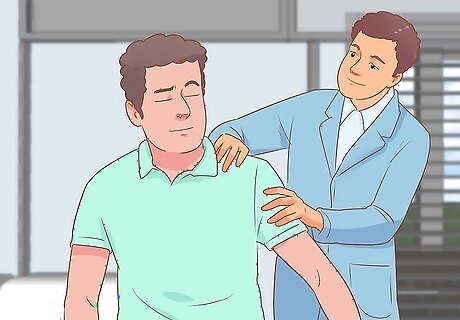
Begin rehabilitation once the joint can be used again. Physical therapy usually takes a number of weeks and helps the patient regain the range of motion in the joint. It also helps strengthen the muscles surrounding the joint so a subsequent injury is less likely. Only begin using the limb according to your doctor’s instructions.




















Comments
0 comment